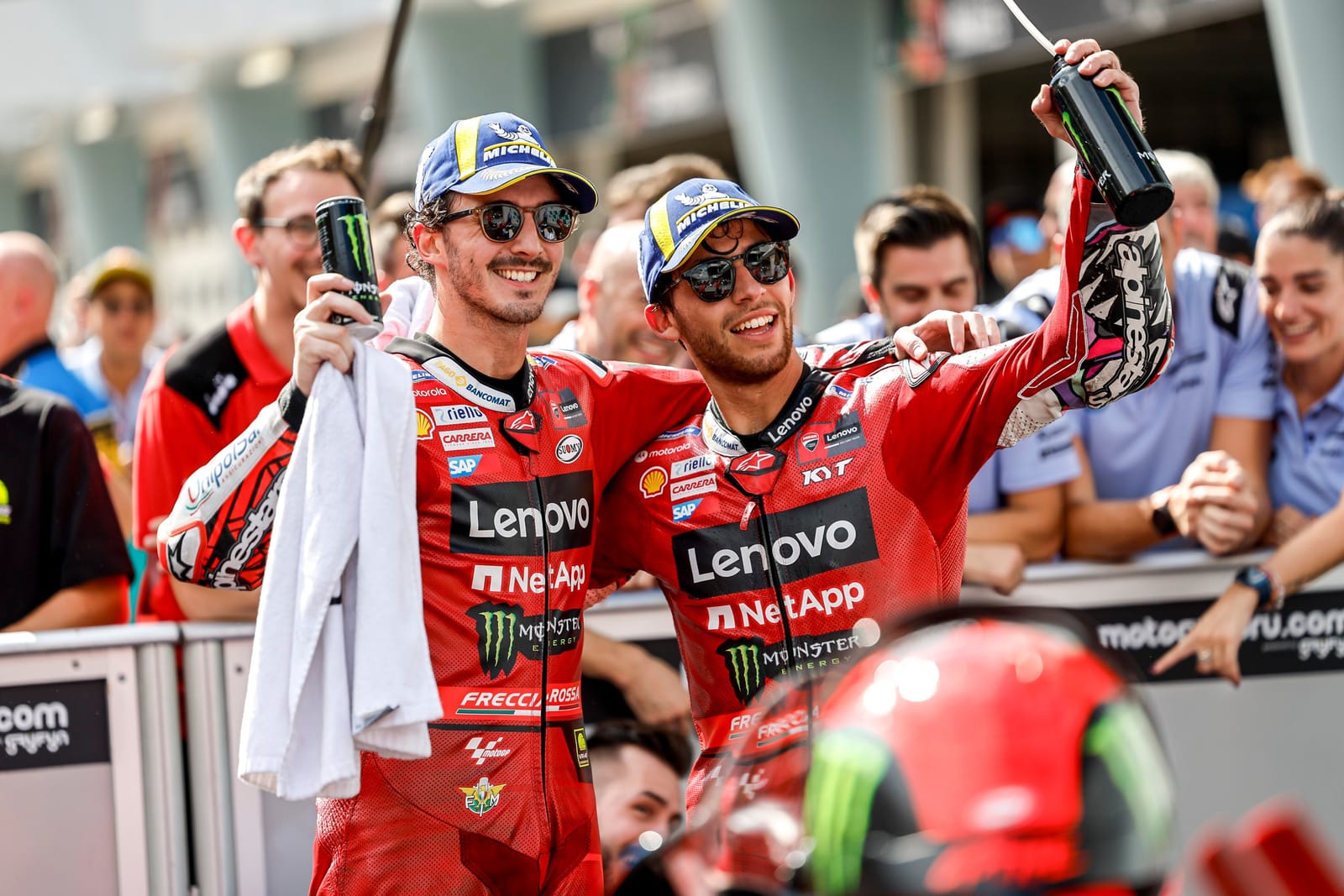Sweeping changes are expected for MotoGP's incoming 2027 rules overhaul - which is known to be targeting a much-needed reduction in performance.
MotoGP has run up against a significant hurdle in recent years as both aero and related developments such as ride height devices have sped up machinery - and a number of the series’ most iconic circuits now verging on the margin of being too dangerous for the current speeds.
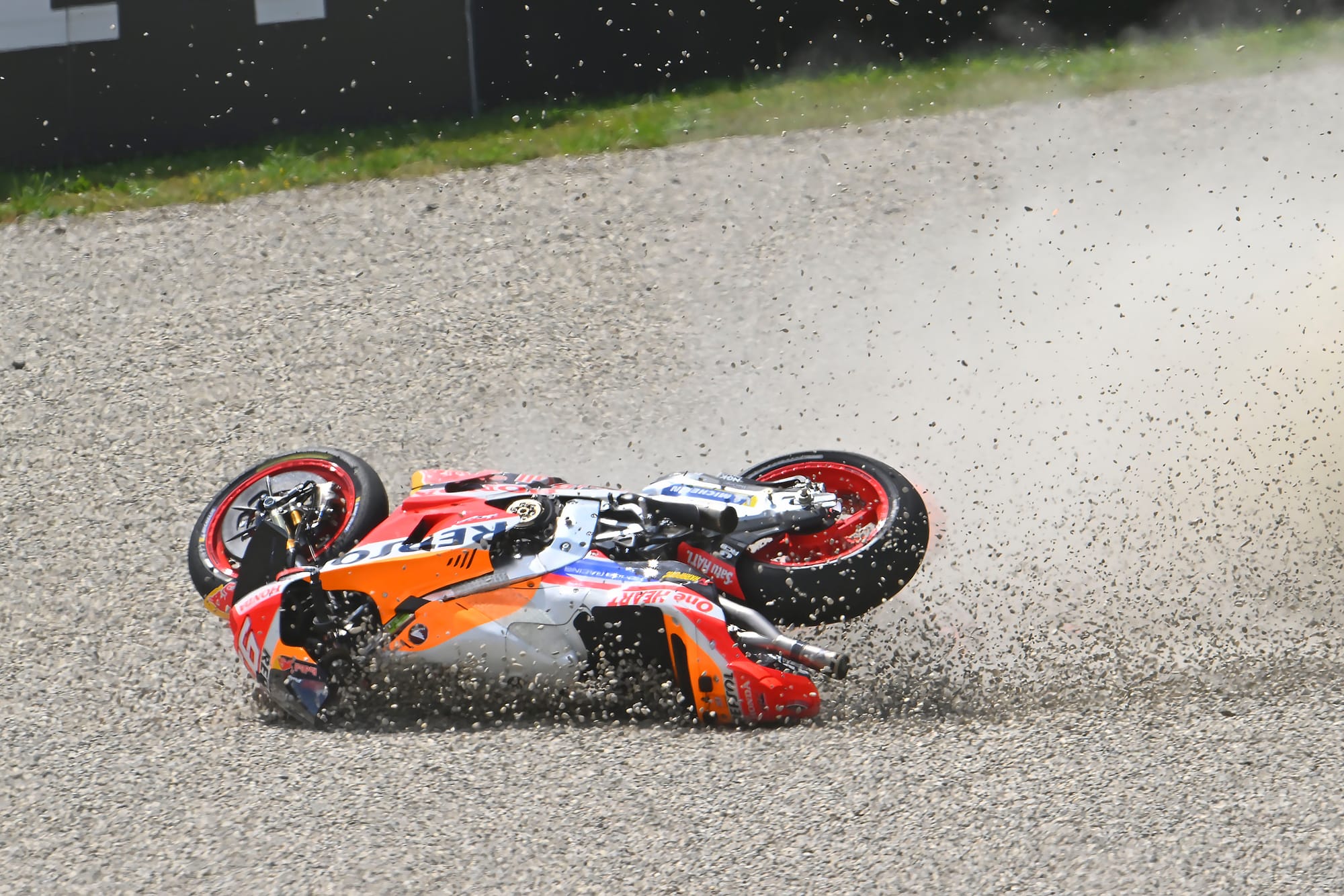
With bikes developments now allowing for harder braking, higher corner speeds, near-perfect starts from the whole grid and faster-than-ever top speed, historic tracks like Mugello, Jerez and the Sachsenring are becoming an increasingly awkward fit.
That in turn has prompted talk of significant rule changes for 2027, when the current five-year arrangement between factories and series organiser Dorna comes to an end.
The most significant of those proposed changes has been a capacity cut, with speculation suggesting a switch from 1000cc to only 850cc engines.
However, that’s something that has to be done very carefully, given the experiences of the last time that MotoGP tried to do something similar.
When the series switched from two-stroke 500cc machines to four-stroke with the introduction of the 990cc bikes in 2002, those quickly started to become too powerful - leading to a capacity cut for 2007 down to 800cc.
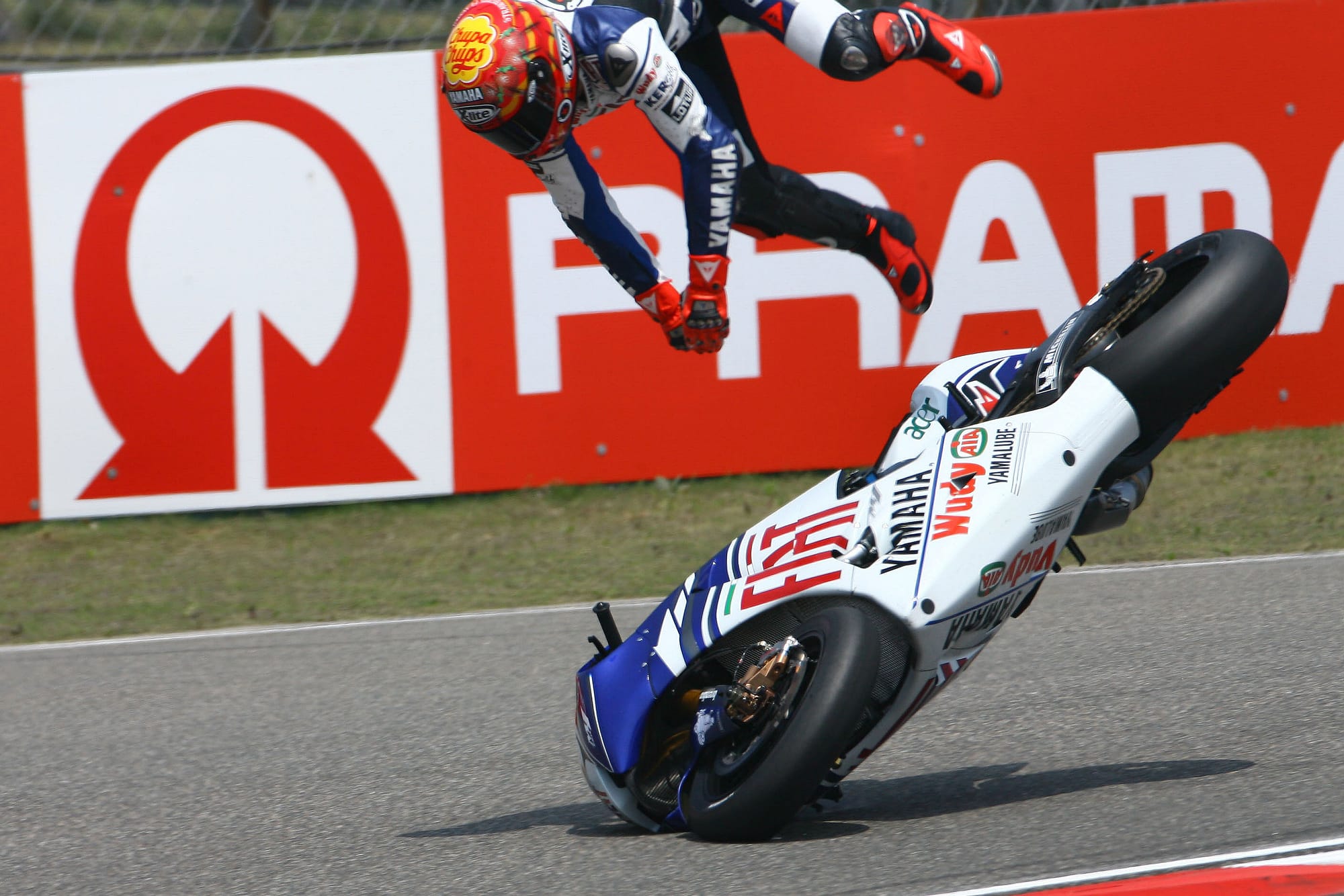
However, the new crop were faster-turning, lighter and able to carry far more corner speed as a result, which meant they were even more dangerous than the machines they replaced - as massive highside crashes became the defining image of the era. A return to larger engines followed in 2012.
This past experience means that the next step in the technical rule book is one that has to be taken very carefully indeed, according to Aprilia boss Massimo Rivola.
Speaking exclusively to The Race, he said that while he would prefer to see not just engine capacity but also technology cut back, he was well aware that MotoGP will have to tread a fine line to make sure that what comes next is in fact safer than the current machines.
“We have the commitment, the target to make the bikes slower simply because the tracks are not big enough,” he explained. “There is a safety issue and we have to respect that.
“I would say that from a show point of view clearly we have to do something, considering the ride height devices and the aerodynamics that are making the braking points too small.
“The smaller the braking points, the less chance you have to overtake, so making this phase longer will help the show.
"These are the main two targets.
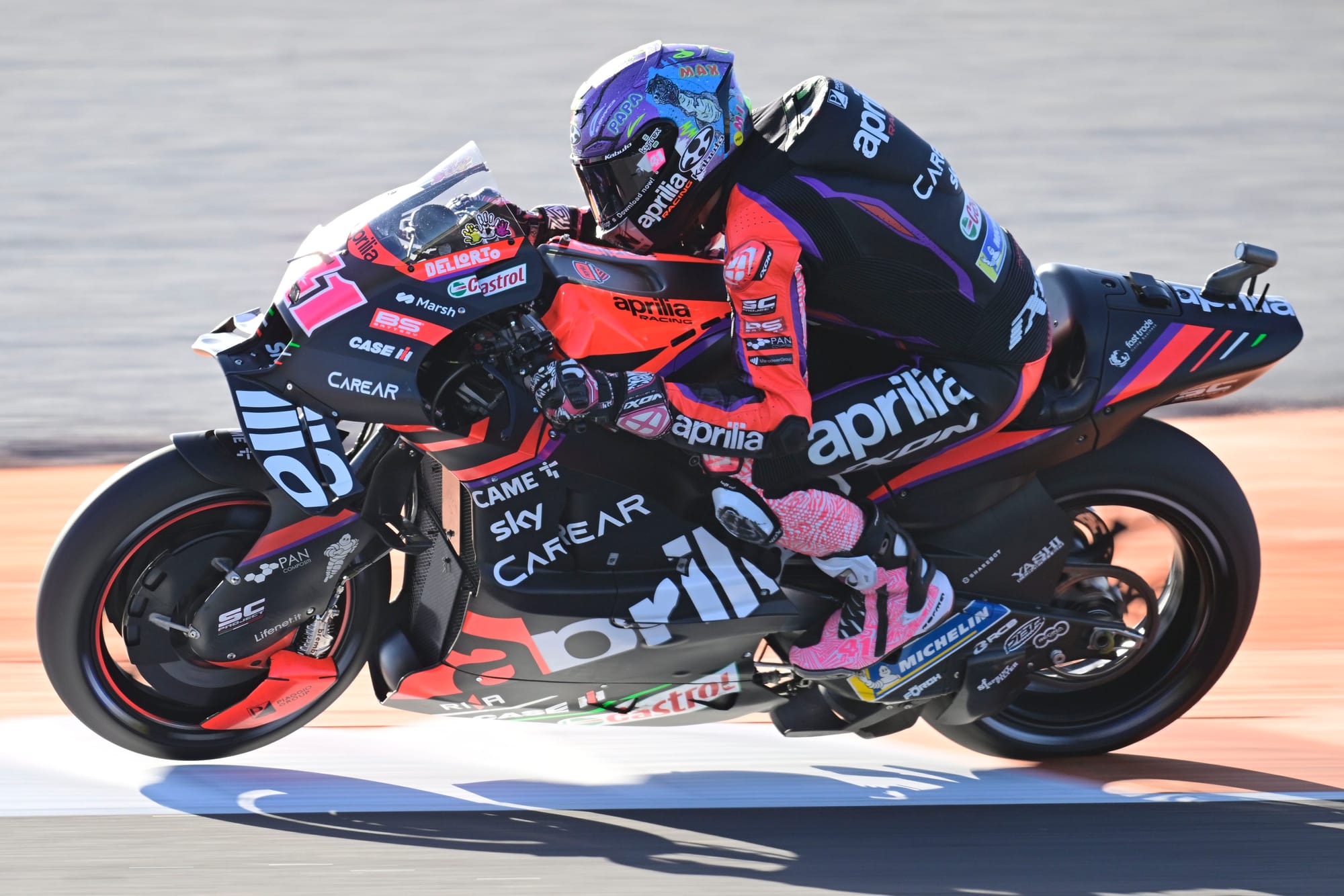
“But still I think that MotoGP should be like an aircraft with two wheels. Something completely different from the ordinary road bike and something that not everyone can ride.
"So obviously there are a million discussions with the manufacturers and we will never be in agreement.”
However, while he admitted that he expects some will try and use the rule change to advantage their own factories and riders, Rivola is also well aware that there’s an even bigger challenge that all the teams need to be aware of: not just making the bikes safer, but improving the quality of competition.
MotoGP did have an enviable eight different grand prix winners in 2023, but it also had one manufacturer - Ducati - hoovering up a hard-to-believe 96% of the maximum available manufacturers' points.
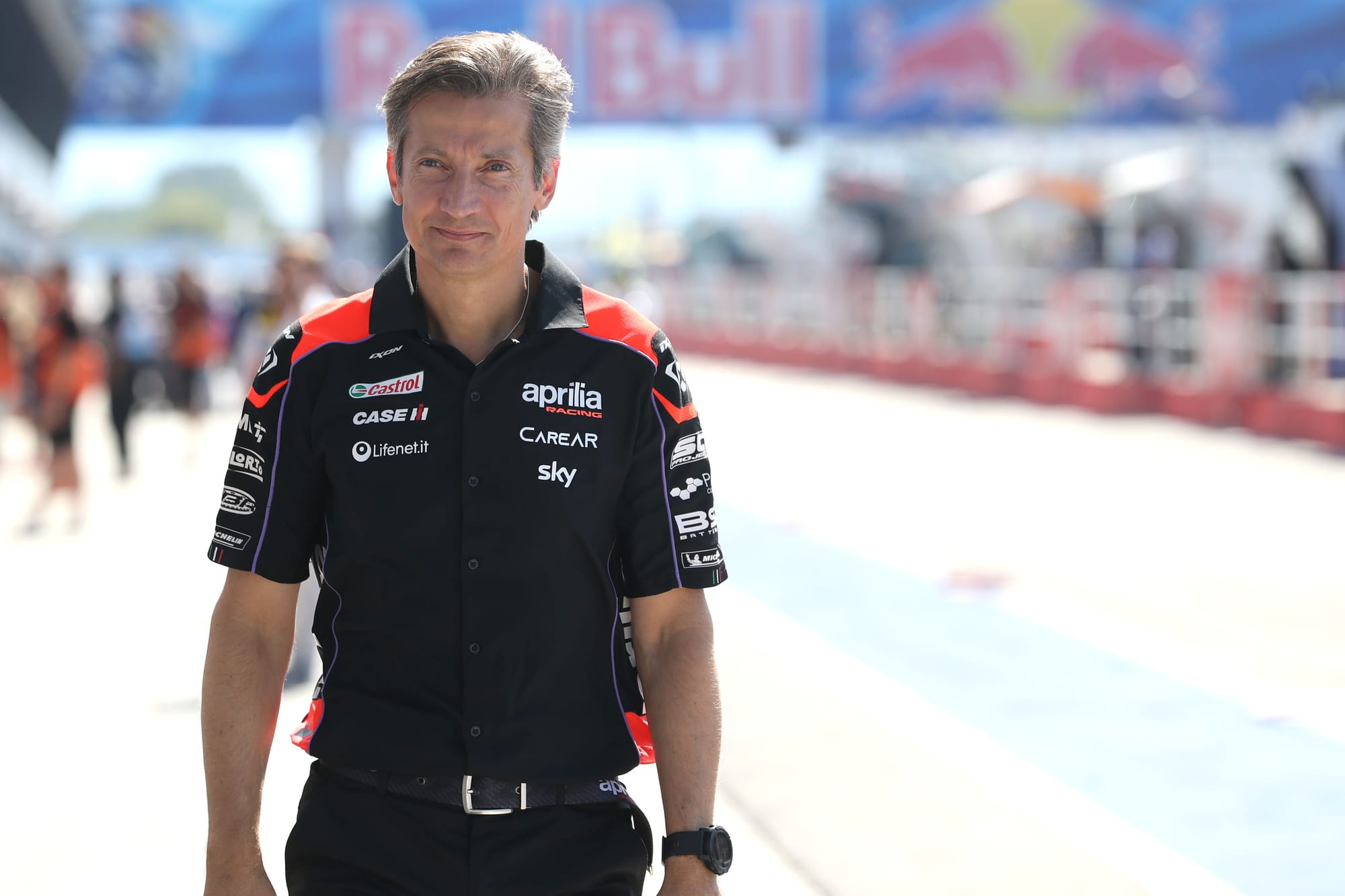
"We [the MotoGP teams] will always do proposals thinking that they will bring us an advantage. That is the reality of all the manufacturers," said Rivola.
“To be honest I think I am one of those that tries to watch MotoGP from the outside the most, for the benefit of the show, because I think if you do not do a good show… I already have a problem finding sponsors and then it will be even more difficult.
MotoGP vs World Superbikes
Fastest qualifying times in 2023 compared as %
Portimao: MotoGP (Marc Marquez) 1m37.226s; SBK (Jonathan Rea) 1m39.620s = 102.462%
Jerez: MotoGP (Aleix Espargaro) 1m37.216s; SBK (Alvaro Bautista) 1m38.635s = 101.460%
Assen: MotoGP (Marco Bezzecchi) 1m31.472s; SBK (Bautista) 1m33.542s = 102.263%
Barcelona: MotoGP (Pecco Bagnaia) 1m38.639s; SBK (Bautista) 1m40.264s = 101.647%
Misano: MotoGP (Jorge Martin) 1m30.390s; SBK (Bautista) 1m33.017s = 102.906%
Mandalika: MotoGP (Luca Marini) 1m29.978s; SBK (Toprak Razgatlioglu) 1m32.037s = 102.288%
Phillip Island: MotoGP (Martin) 1m27.246s; SBK (Razgatlioglu) 1m29.400s = 102.469%
“In general, these will be the guidelines, and then going into the details we will more or less get what we want.
"For me, making the bike too slow is not too smart.
“My first point [in discussions] was that we cannot be slower than a superbike."


